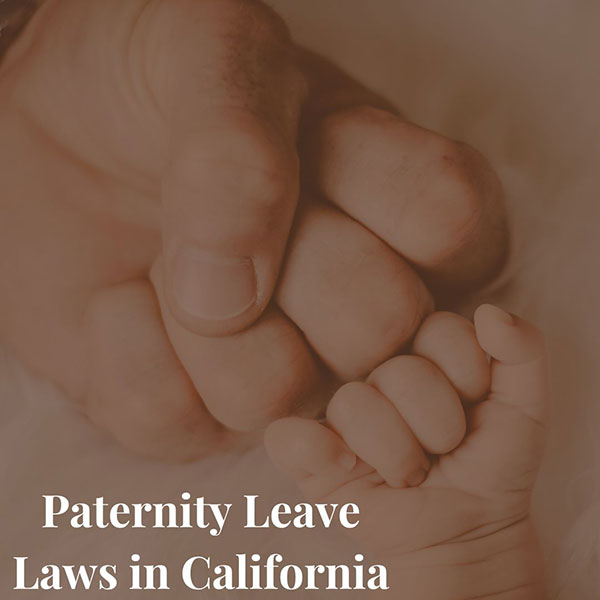Did you know that 93.4% of men with children under 18 are part of the US labor force? According to ExtensisHR, just 32% of workers have access to paid family leave through their employers, and 30% of working dads didn’t take any paternity leave because it wasn’t available for them.
Paternity leave gives new fathers the opportunity to take time off work to bond with their newborns or newly adopted children. In California, eligible employees can take unpaid leave under the California Family Rights Act (CFRA) or receive paid leave through the Paid Family Leave (PFL) program.
If you are a new father, understanding these laws can help you make the most of your time with your growing family while having job security. Let’s look at paternity leave laws in California:
Eligibility Criteria for Paternity Leave
California requires stringent eligibility requirements for paternity leave. You must be a male employee of a covered employer, which includes most commercial and public entities. You must also have worked for your employer for 12 months and completed 1,250 hours. These requirements ensure that you have a stable employment history with the organization.
The Law Offices of Michelanne Hrubic say you can only be eligible for paternity leave if you work at a location where the company employs at least 50 employees within a 75-mile radius. This will make sure that your absence doesn’t put too much stress on small businesses with limited resources.
You are eligible for paternity leave to bond with your newborn child or care for a newly adopted child within the first year of their arrival if you meet these conditions.
Duration of Paternity Leave in California
Under the California Family Rights Act, eligible employees can take 12 weeks of unpaid paternity leave within a year of their child’s birth, adoption, or foster care placement. After returning from job-protected leave, the employee should be able to get the same or similar position.
On the other hand, the California Paid Family Leave program gives eligible workers partial income replacement for up to six weeks while they connect with a new child.
In contrast to CFRA leave, PFL allows eligible workers to receive wage replacement during their absence. If the employee qualifies for CFRA leave and PFL benefits, paternity leave might be extended to connect with the new kid.
Rights and Protections for Fathers
California law prevents employers from retaliating against fathers who take paternity leave. Employers can’t demote, fire, or discriminate against fathers who take time off to bond with their children. Fathers can complain to the California Labor Commissioner if an employer violates these rights.
How to Apply for Paternity Leave
Applying for paternity leave in California is simple—just contacting your employer within a certain date. First, see if your workplace is protected by the California Family Rights Act or New Parent Leave Act, which grant paternity leave to eligible workers.
After verifying eligibility and coverage, notify your employer of your paternity leave plans. Do this as soon as possible to give your employer time to plan for your absence. Writing a formal paternity leave request with the start date, duration, and other details is typical.
Your employer may additionally require forms or supporting proof, such as your child’s birth certificate. Follow these steps and communicate with your company to make paternity leave applications easy.
Resources for Fathers on Paternity Leave
For fathers taking paternity leave in California, accessing resources can enhance your experience and support during this important time. Several organizations and websites offer valuable information and guidance to help you with your paternity leave effectively.
The California Employment Development Department (EDD) website is a good starting point, providing details on paternity leave eligibility, benefits, and how to apply. Additionally, organizations like the National Parent Helpline and Fatherly offer resources ranging from expert advice on bonding with your newborn to tips on balancing work and family life during paternity leave.
Joining online forums or social media groups for fathers can also connect you with a community of dads going through similar experiences. These platforms serve as valuable spaces to share stories, seek advice, and find solidarity.
Conclusion
California paternity leave rules protect fathers who want to bond with their newborn and assist their partner. Fathers who qualify can take 12 weeks of unpaid leave to care for their child without losing their employment. Knowing your rights and how to apply for paternity leave allows you as a father to be with your family during this new season in your life.







Speak Your Mind